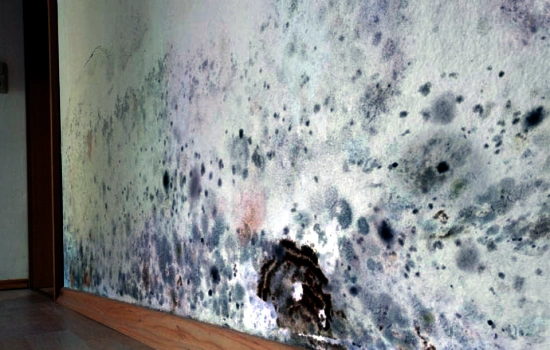Comprehensive Post Mold Remediation Procedures
Wiki Article
Your Ultimate Overview to Blog Post Mold Remediation Strategies
Browsing the world of post-mold remediation techniques is a precise procedure that requires attention to detail and a detailed understanding of the ins and outs entailed. In the aftermath of mold and mildew problem, knowing how to efficiently eradicate the mold and prevent its reoccurrence is vital for keeping a healthy and balanced interior environment. From selecting the right cleaning and decontaminating approaches to implementing methods for long-term mold prevention, each action in the remediation journey plays a crucial function in guaranteeing a successful end result. As we start this exploration of post-mold remediation techniques, we will uncover the vital strategies and best practices that can aid you recover your space to its pre-mold problem and secure it against future mold and mildew threats.Recognizing Post-Mold Remediation Process
After completing the mold and mildew remediation process, it is essential to recognize the post-mold removal techniques that are necessary to guarantee a thorough and reliable clean-up. Once the mold has been removed, the next step includes cleaning and sanitizing the affected areas to stop any kind of regrowth of mold. This consists of utilizing specialized cleaning up agents to wipe down surfaces and kill any staying mold spores. It is important to dry the area completely to discourage the growth of mold and mildew in the future (After mold remediation). Appropriate air flow and dehumidification can help in this procedure.
Furthermore, performing a last inspection post-remediation is crucial to make certain that all mold and mildew has been successfully eradicated. This inspection must include a complete visual check in addition to perhaps air tasting to verify the absence of mold and mildew spores in the air. If the evaluation exposes any type of lingering mold and mildew, extra removal may be needed. Informing occupants on precautionary steps such as controlling wetness degrees and immediately dealing with any water leakages can aid preserve a mold-free setting.
Effective Cleaning Up and Decontaminating Methods

Preventing Future Mold And Mildew Development

Value of Correct Air Flow
Correct air flow plays a crucial duty in protecting against wetness buildup, an essential consider mold development within indoor settings. Reliable ventilation systems aid eliminate excess humidity from the air, reducing the chances of mold and mildew spores discovering the wetness they require to germinate and spread out. Without appropriate ventilation, interior areas can end up being a breeding place for mold, leading to possible wellness risks and architectural damages.By guaranteeing appropriate air flow, ventilation systems can also aid in drying wet areas faster after water damage or flooding incidents, further deterring mold and mildew development. Post Remediation verification. Precede like shower rooms, attic rooms, basements, and kitchens where moisture levels tend to be greater, mounting and maintaining reliable air flow systems is vital in stopping mold invasions

Tracking and Upkeep Tips
Given the vital function that correct ventilation plays in stopping mold development, it is essential to establish efficient monitoring and upkeep tips to make sure the ongoing performance of air flow systems. Surveillance moisture levels within mold removal under sink the property is additionally critical, as high moisture can add to mold and mildew growth. By staying alert and positive to the problem of ventilation systems, building proprietors can properly mitigate the threat of mold and mildew regrowth and preserve a healthy and balanced indoor environment.
Final Thought
To conclude, post-mold remediation techniques are essential for making sure a clean and risk-free setting. Comprehending the procedure, executing efficient cleaning and decontaminating methods, avoiding future mold growth, preserving appropriate air flow, and normal surveillance are all critical actions in the removal procedure. By following these guidelines, you can successfully remove mold and avoid its return, working or promoting a healthy living space for all passengers.In the after-effects of mold and mildew invasion, recognizing how to efficiently get rid of the mold and mildew and prevent its reoccurrence is paramount for preserving a healthy and balanced indoor setting. As soon as the mold and mildew has been gotten rid of, the following step involves cleaning and sanitizing the affected areas to prevent any regrowth of mold and mildew - Post Remediation verification. After eliminating visible mold development, it is important to cleanse all surfaces in the damaged area to eliminate any kind of continuing to be mold and mildew spores. To better improve mold prevention actions, it is important to attend to underlying problems that at first led to mold advancement.Provided the important duty that correct air flow plays in protecting against mold and mildew development, it is imperative to develop effective tracking and upkeep pointers to guarantee the continued capability of air flow systems
Report this wiki page